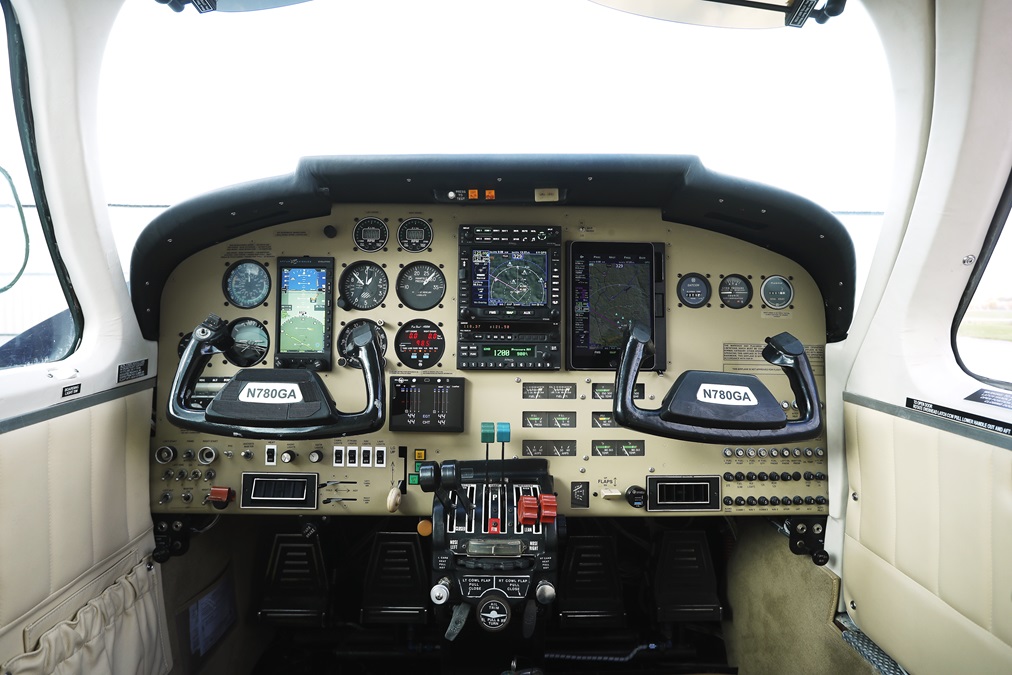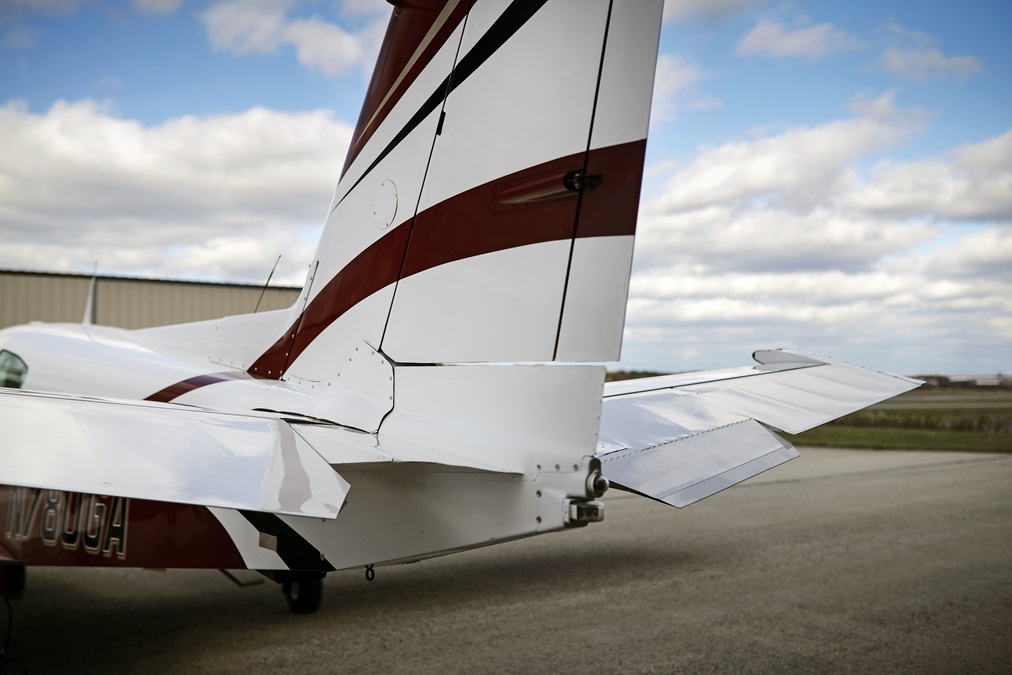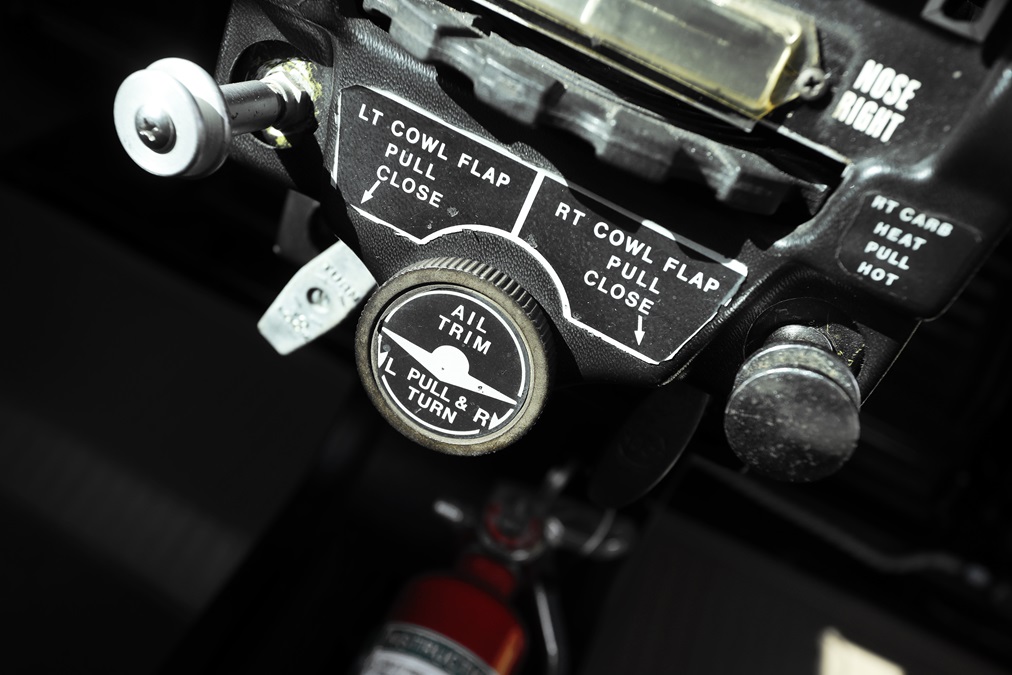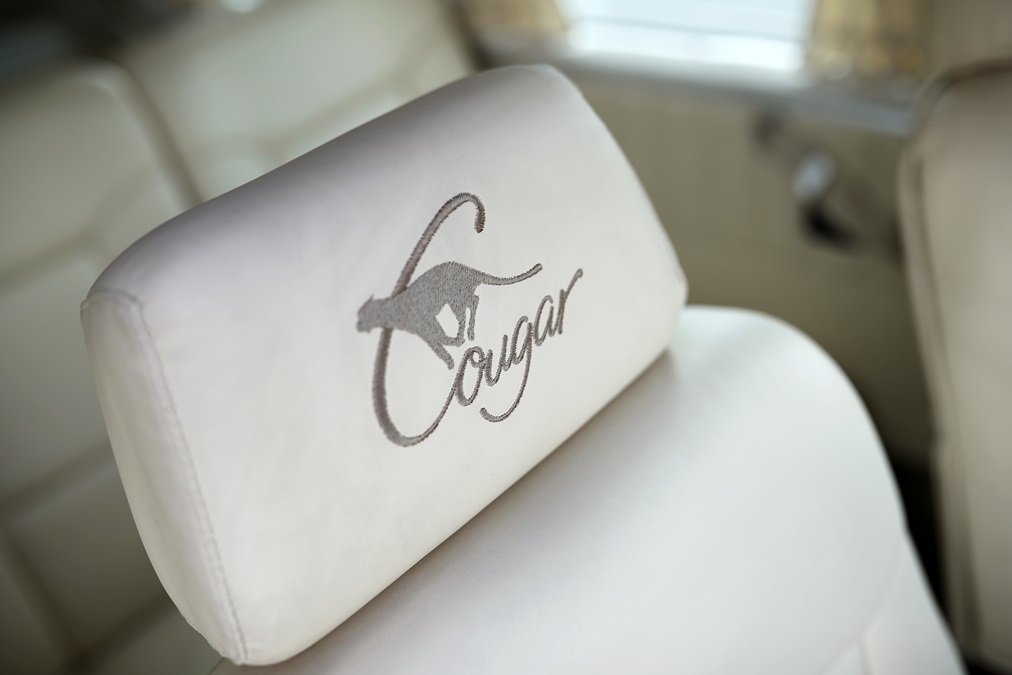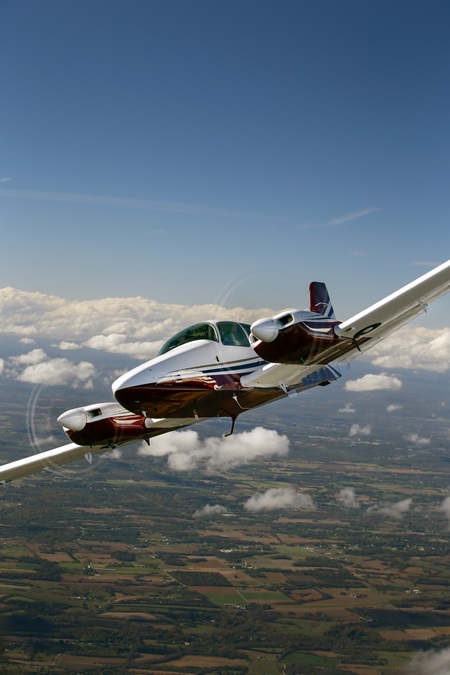Grumman GA–7 Cougar: A Rare Cat
Efficient, roomy, docile, and rare twin traveler
If you’re the type of pilot who’s worried about an engine failure (and who’s not?), the Cougar provides nearly worry-free flight at night, over long stretches of water, forests, and mountainous terrain. Throw in a roomy cabin, large bins for luggage, and voluminous fuel tanks, and the Cougar bests the complex singles in range, loading flexibility, and comfort.
Naysayers will point out the potentially dangerous handling of the twin in event of an engine failure, but in the case of the Cougar, this argument is largely a nonstarter. Unlike the twin trainers of the 1960s—such as Piper’s Twin Comanche and Beechcraft’s Travel Air—the Cougar was designed to stall prior to losing directional control. Some flight schools don’t like using Cougars for multiengine training because they’re so docile that students don’t learn adequate respect for engine-out handling in twins.
In addition, for those who think twins are maintenance hogs or expensive to insure, the Cougar has proven otherwise. Christian Smith of Murrysville, Pennsylvania, first considered a complex single before he stumbled upon an article about the Cougar. “I had not heard of the Cougar before,” said Smith. “I loved the idea of a second engine as I wanted to fly at night over the mountains of West Virginia quite often. The more I researched, the more I wanted a Cougar.”
Lycoming’s 160-horsepower O-320 is mounted on each wing of the Cougar. Both propellers turn the same way, unlike the Piper Seminole and Beechcraft Duchess competitors, which both have counter-rotating props to eliminate the “critical” engine. All three twin trainers were designed and launched around the same time, but the Piper and Beech models roundly outsold the Grumman.
Only 115 Cougars were built over two model years, 1978 and 1979. Grumman American was sold to American Jet Industries in 1978 and became Gulfstream American. Not only was Gulfstream’s timing awful in terms of the looming general aviation downturn of the 1980s, but the company had never dabbled in production of light airplanes. Finally, it didn’t take Gulfstream long to realize there was also a lot more money to be made in jets than in light airplanes, and the little Grummans were swept aside.
There were some efforts to revive the design, the most intriguing being when Socata, maker of TBM turboprops and TB-series light singles, planned to round out its product line with a twin trainer called the Tangara (see “Tangara Tango,” page 76). Socata bought the tooling and type certificate in the late 1990s and built a single prototype with 180-horsepower Lycoming O-360s. The aircraft never entered production.
Today, the Cougar is far from an orphaned airplane thanks to two shops in the United States: Air Mods NW in Granite Falls, Washington, and FletchAir in Comfort, Texas. Between the two, nearly every Cougar part can be obtained. It’s estimated that there are 60 to 70 Cougars still flying, several in Europe.
Unique among Grummans are the bonded wing skins. Wing bonding, a controversial and relatively new procedure in the 1970s, has held up to the test of time as these airplanes reach their 40s.
Originally, the Cougar’s designers were planning to install 250-horsepower engines to create a six-seat Cessna 310/Beechcraft Baron 55/Piper Aztec-caliber airplane that owners could step up to. With the slippery bonded wings, the Cougar likely would’ve made a worthy challenger.
Cougars sit tall on the ramp, like a Cessna 310. The Cougar’s engine nacelles are long and streamlined, similar to the more compact but speedier Piper Twin Comanche. There are no wing lockers, however. The wing is a constant-chord slab. The lack of rivets somewhat offsets the wing’s simple, Hershey-bar look.
Compared to its Piper competitors, the Cougar gives the pilot excellent visibility thanks to the high seating position. The windows are large and the cabin roomy. With the entry-level model having only 320 horsepower, six seats aren’t really doable. Without that third row, it makes for a roomy four-seater with a massive rear baggage area and a 175-pound capacity. A nose baggage compartment stores 75 pounds of gear and there are cubbies for pilot paraphernalia such as oil, covers, and tools. A great feature of twins is not having to store that stuff in the passenger cabin.
Flight controls of the Cougar are well-balanced but heavier than a Travel Air or Baron. This makes it a stable airplane for instrument work. Landings with a forward center of gravity require a noticeable amount of back pressure.
Like most light twins, the Cougar is a dog on one engine. Single-engine rate of climb at gross weight is a paltry 200 feet per minute and single-engine service ceiling is 4,250 feet. That doesn’t bring much comfort to those flying in the Rockies, but the Cougar should provide safe clearance of nearly all terrain in the East.
Fuel management is a simple On/Off/Crossfeed arrangement, which is mostly pilot proof. Older twins such as the Travel Air and Twin Comanche have more complicated setups. One nit to pick is inadequate exterior lighting. There’s only one landing light and it’s on the nose gear, which spends most of the time retracted.
Smith, who makes many trips to Central Florida from Pennsylvania, reports cruise speeds of 155 to 160 knots burning 16 to 17 gallons per hour, which yields a flight time of under five hours. “I can go a long way before refueling if needed, which makes it easy to tanker fuel if I am stopping at an airport with cheaper fuel prices,” he said.
N780GA has undergone extensive restoration since Smith bought the airplane in 2014. Florida Aero Paint in Lantana, Florida, applied the paint using a design by Plane Schemers. Interior and avionics were done a little closer to Smith’s home at the Donegal Springs Airpark in Marietta, Pennsylvania, by Advantage Interiors and Smart Avionics.
An air-to-air photo shoot with a Beechcraft Bonanza A36 clearly exposed how well the Cougar’s designers met the design goal of competing with the complex singles. The airplanes’ performance numbers are nearly identical in all phases of flight, enough so that a formation takeoff and landing were performed, something usually unheard of with radically different airplane types. For a slight penalty in speed and fuel burn, the Cougar offers nearly the exact same performance with complete systems redundancy, affordable maintenance, and a roomy, comfortable cabin.
Peter A. Bedell is a pilot for a major airline and co-owner of a Cessna 172 and Beechcraft Baron.
